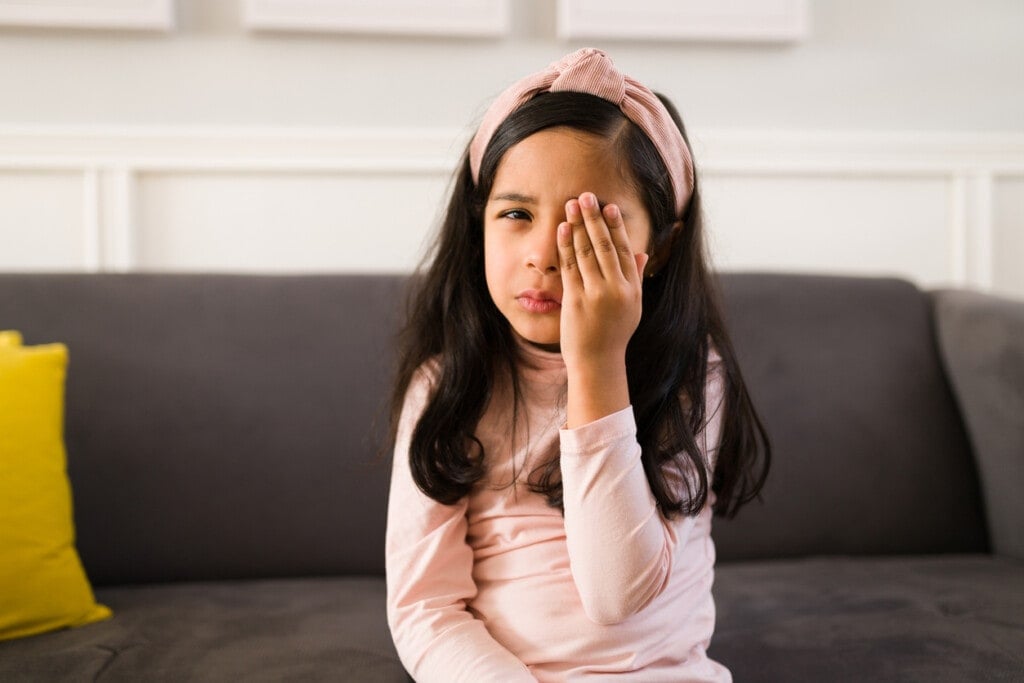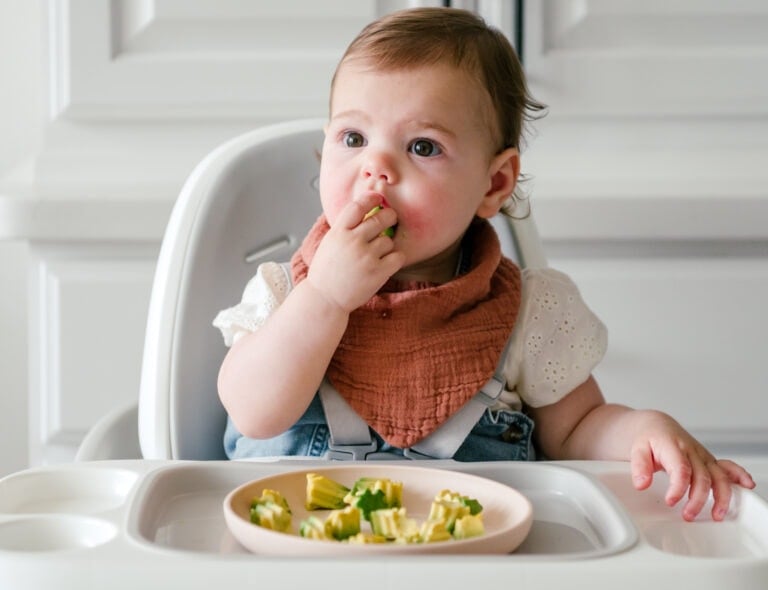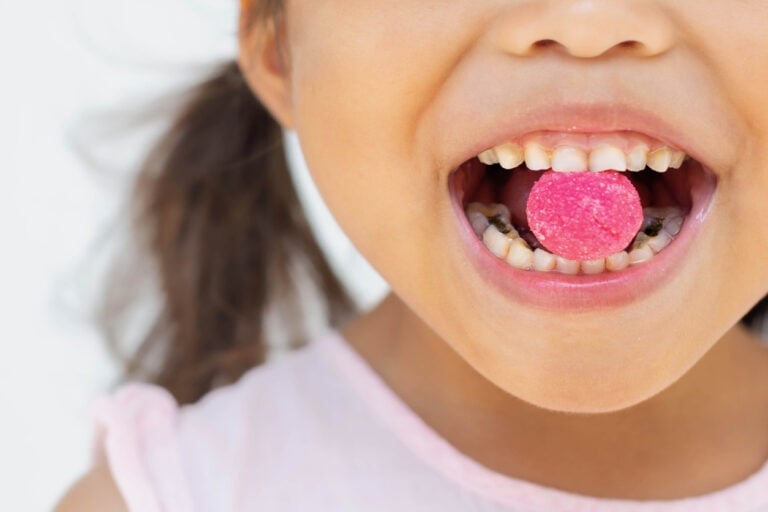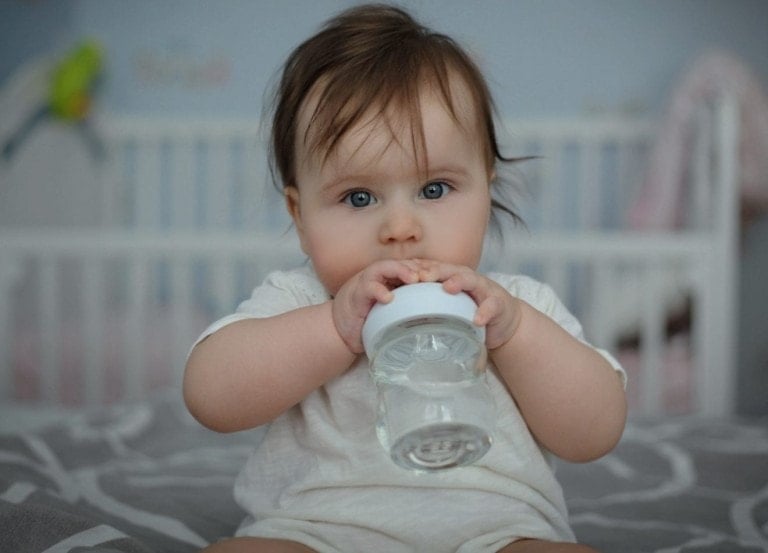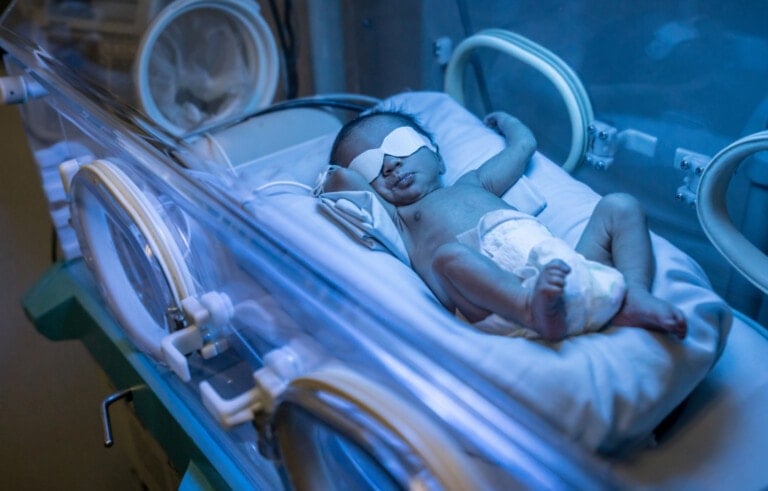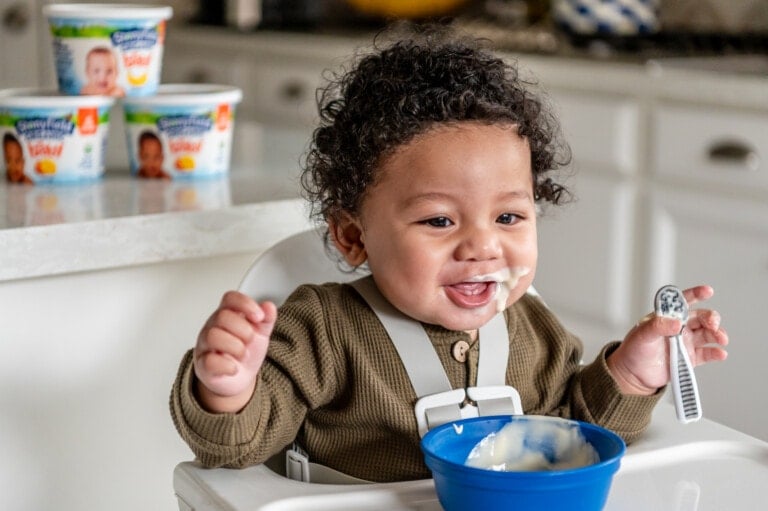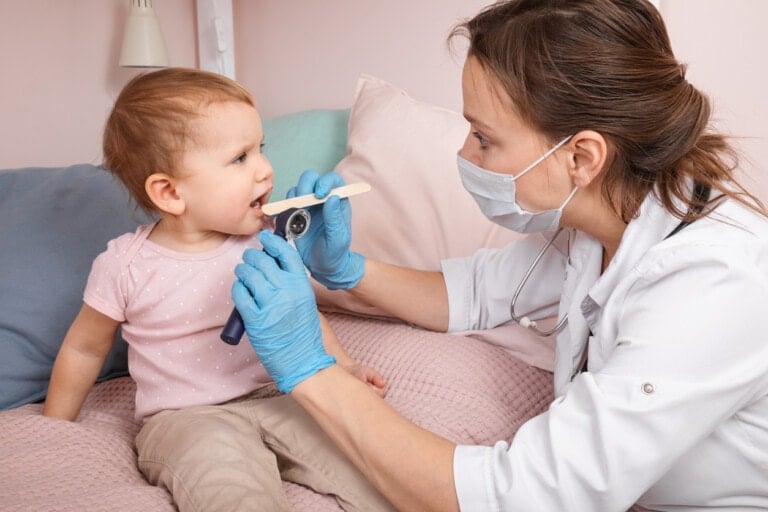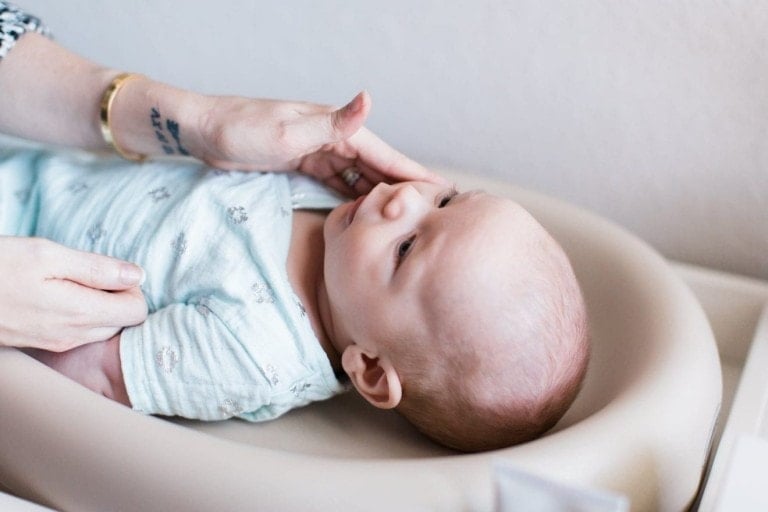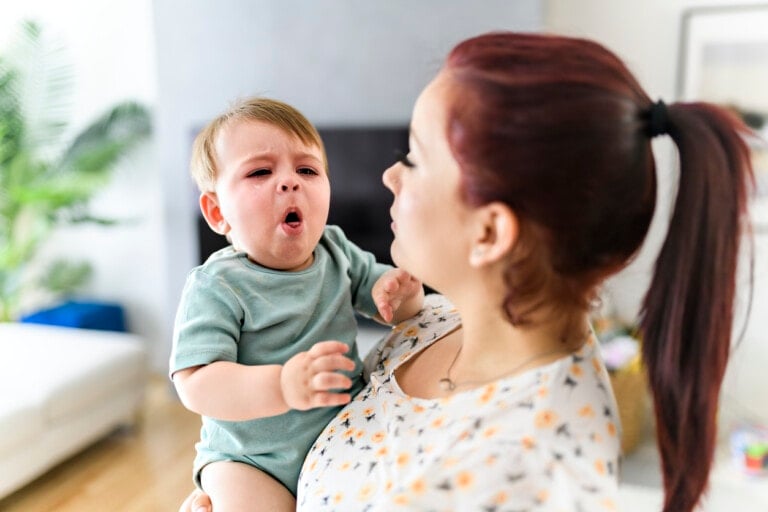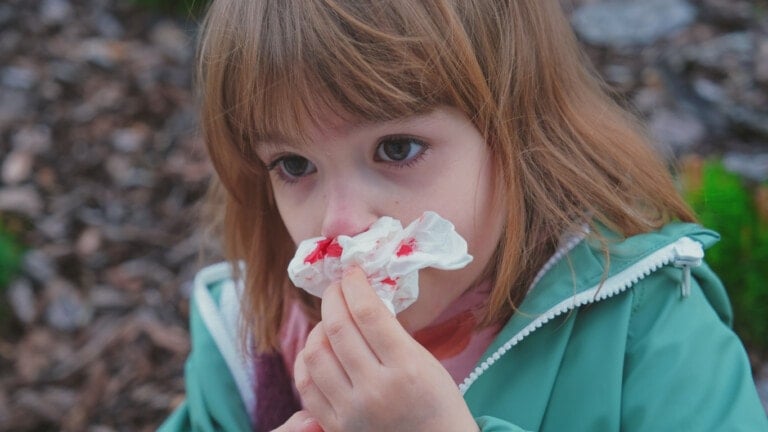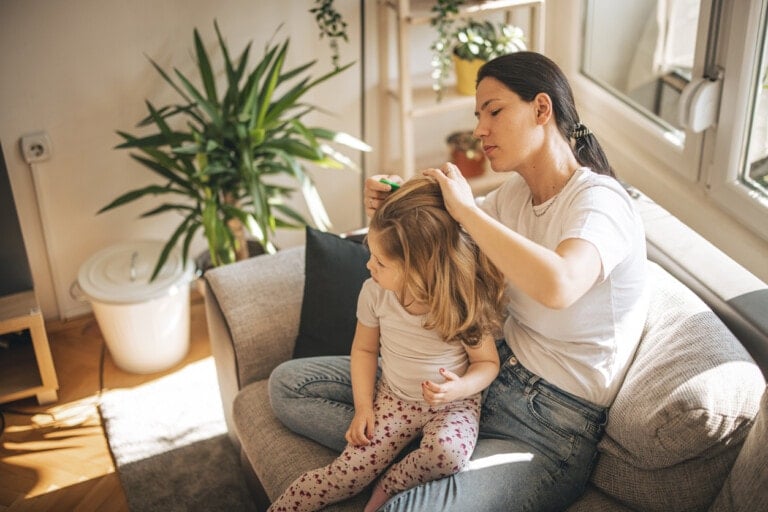Uh-oh. Your sweet little one has woken up with red, itchy, and crusted-over eyes. Now what? Pink eye, also known as conjunctivitis, is common, especially in toddlers and young children, and although it looks serious, it rarely is. If your child has pink eye, there are various ways to manage it and several pink eye treatments for kids.
What Is Pink Eye?
Pink eye, known as conjunctivitis, is inflammation of the eye. It affects the conjunctiva, which is the clear outer lining of the eye and the eyelids. This is what causes the pink or red appearance of the eye.1
Conjunctivitis can affect one or both eyes and may be uncomfortable for your child. Although pink eye in kids may go away on its own, it is best to seek out pink eye treatment from your child’s pediatrician.
What Causes Pink Eye?
There are several causes of pink eye in kids and toddlers.
- Bacterial infection: Bacteria could be introduced into the eye from poor hygiene, such as rubbing the eyes with an unclean hand. Transmission can also occur through direct contact with an infected individual or contaminated surfaces.1
- Viral infection: Pink eye is most commonly caused by viral infections, often from viruses that cause common colds or other respiratory illnesses.2
- Chemical irritants and allergies: These types of pink eye are not contagious. Chemicals such as lotions and sunscreens may irritate your child’s eyes and cause eye inflammation and redness. Children prone to allergies may have pink eye triggered by something in the environment, such as pet dander, dust mites, or pollen.3
Pink Eye Symptoms in Kids
Besides the classic sign of pink or red eyes that gives pink eye its name, there are many other symptoms of pink eye in kids and toddlers, and one or both eyes may be affected. Pink eye symptoms in kids include the following:4
- Discomfort or pain
- Excessive tears
- White, yellow, or green discharge in one or both eyes
- Swelling
- Itching or burning
- Grittiness or feeling of sand in one or both eyes
- Sensitivity to bright lights
- Eyelids that are crusted together in the morning or after a nap
Pink Eye in Infants
Newborns and infants can also get a pink eye infection. If you suspect your newborn has pink eye, they should be seen by a doctor immediately. An infection, irritation, or a blocked tear duct can cause pink eye in newborns.5
Newborns can get pink eye from exposure to bacteria while passing through the birth canal during delivery. This can arise from either typical vaginal bacteria or harmful bacteria, such as those caused by a sexually transmitted disease (STD) if the mother is infected. Prenatal care is essential for screening and treating STDs. Treating certain STDs in the mother can prevent pink eye infections in newborns.6
Irritants or chemicals can cause pink eye in newborns and infants. Most newborns receive antibiotic eye drops when they are born to prevent infection, which can sometimes irritate the eyes. Luckily, this type of pink eye typically goes away in a few days without treatment.6
Occasionally, babies will have a blocked tear duct which causes swelling, discharge, and redness. Our eyes have ducts that produce tears that help keep the eyes moist and healthy. A clogged tear duct may clear on its own as the baby ages, but surgery is occasionally needed to resolve it.6
If your newborn or infant has swelling, redness, pain, or discharge from one or both eyes, notify your doctor immediately.
Pink Eye vs. Allergies
If your child is prone to allergies, it can be hard to decipher if it is a pink eye infection or allergies causing red and itchy eyes. There are a few signs to help distinguish the two.
Allergies may cause red and itchy eyes, but this type of pink eye is not contagious. Redness, swelling, and itchiness will be present in both eyes, and your child may have increased tears.3
Unlike a true pink eye infection, thick discharge and crusting of the eyes are not usually present when caused by allergies. This allergic reaction can be managed with children’s over-the-counter allergy medications and by avoiding allergic triggers such as pet dander or grass.3
Is Pink Eye Contagious?
Pink eye infections can be contagious and tend to spread quickly in schools and daycare environments. It’s hard to stop a naturally curious child from rubbing their itchy eyes and exploring their surroundings.
Bacterial forms of pink eye can be contagious, and treatment may require antibiotic eye drops prescribed by a pediatrician.7
Many forms of viral pink eye will go away independently in 5-7 days without treatment but are contagious while the child exhibits symptoms. Often, viral forms of pink eye are contagious before symptoms begin, making it more challenging to limit the spread.7
Pink eye caused by allergies or an irritant is not contagious as long as no other bacterial or viral cause is present.8
Pink Eye Treatment for Kids
You may wonder about pink eye treatment for kids and what you can do. If your child has pink eye caused by a virus, it will typically go away without treatment. This is also the case for pink eye caused by allergies. Your child’s pediatrician may prescribe anti-allergy medications or recommend ibuprofen or Tylenol for pain and swelling.8
Bacterial infections require pink eye drops for kids prescribed by a pediatrician. Your child will need these eye drops several times a day and is considered contagious for 24 hours after beginning antibiotic eye drop treatment.8
Can Kids Go to School With Pink Eye?
With pink eye being contagious, it is not recommended to attend school or daycare. If your child has bacterial pink eye, they can return to school if they have been on antibiotic eye drops for 24 hours and symptoms have gone away. If your child has viral pink eye, they can return once symptoms have resolved, typically in two to seven days.7
How to Prevent Pink Eye in Kids
Teaching your child good hygiene practices will help prevent them from getting pink eye. This includes frequent hand washing with soap and water. Tell your toddler to avoid rubbing their eyes. It’s also helpful to discourage your child from sharing tissues, towels, pillowcases, make-up, and lotions.8
If your child has pink eye, keep their clothing and linens separate from the rest of the family’s. It is recommended to wash clothing separately in hot water to avoid contamination. Discard or wash any items that come in contact with your child’s eyes, such as cotton balls or washcloths. Be sure to wash your hands if you come in contact with your child’s eyes and after applying eye drops.8
If you suspect your child may have pink eye, contact your child’s pediatrician for more guidance. They can distinguish which form of pink eye your child may have and recommend the appropriate treatment. Fortunately, there are pink eye treatments for kids to make them feel more comfortable and get them back to feeling like themselves again.













